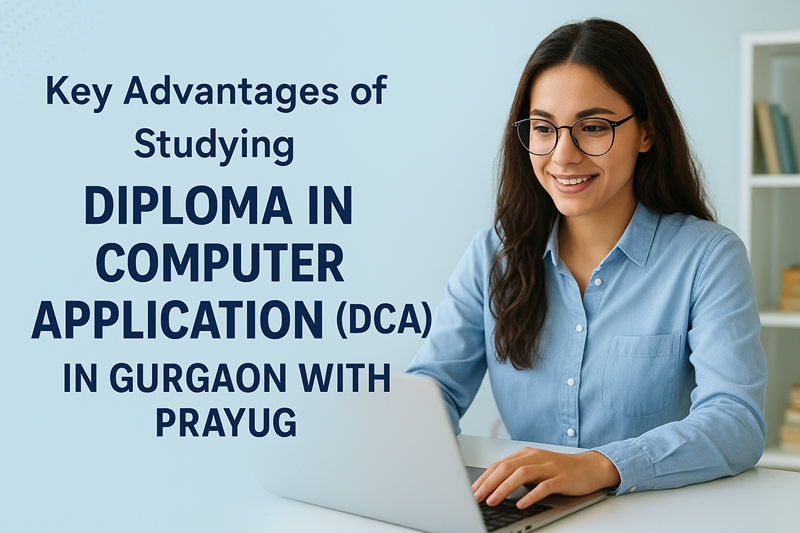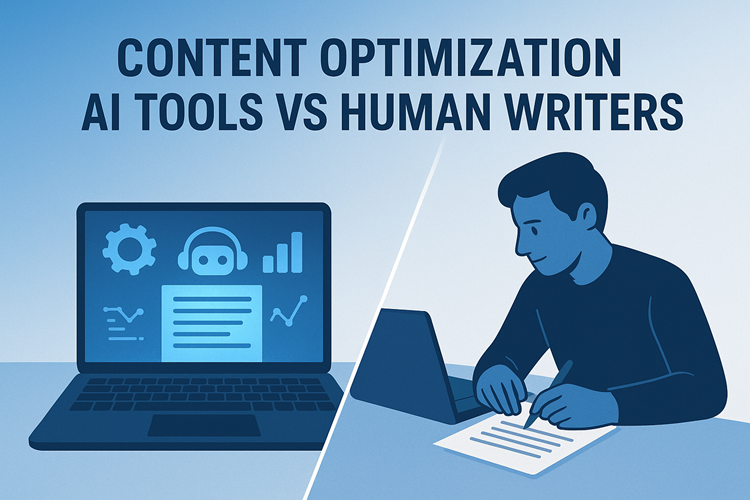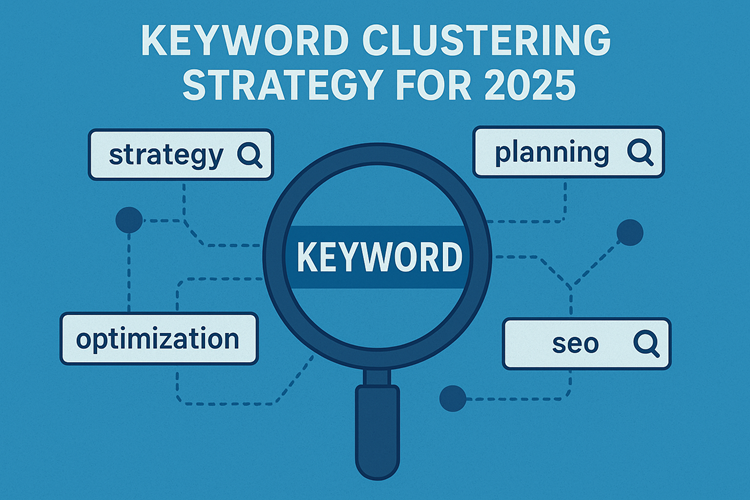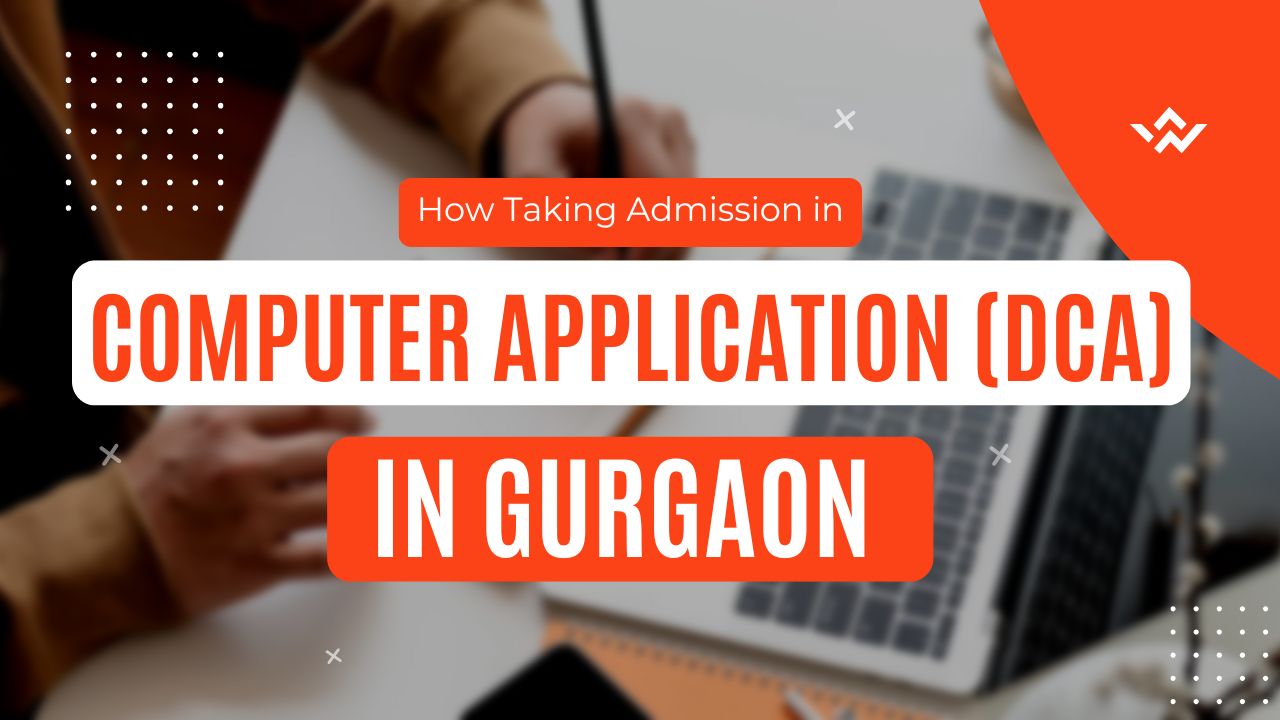Image SEO & Alt Text Optimization Explained
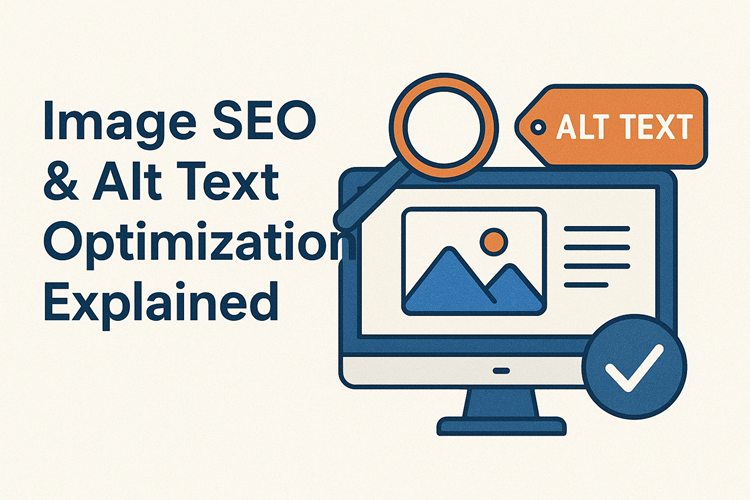
What is Image SEO?
Image SEO is the art of writing Website content that search engines can read, and that actually helps you get traffic from image search Image SEO Means Writing Keyword-Rich Content around Images on your website; So That Search Engines are Able to Read it Appropriately For and Can Bring Traffic back to Your Site. Search engines can’t “see” images — but if you give them descriptive information, they can tell your about it.
When applied correctly, Image SEO is a way to make sure your images end up in Google Images, enhance page load speed and boost user experience and these factors each have an impact on search rankings.
For instance, let’s assume you have a blog or website which is about “Digital Marketing Courses“, then uploading a picture with the name – IMG1234. jpg” doesn’t help. But renaming it to “digital-marketing-course-training. jpg” tells Google the image’s content and nothing more.
Why Image SEO Matters in 2025
In 2025, search engines are brighter and more visual than they’ve ever been. AI-powered algorithms at Google are now able to inspect image content and understand it through machine learning technology, which is able to identify things like objects, faces – even brand logos. But human-authored context and metadata are still what matter most.
This is why you should care about Image SEO now more than ever:
- Help your site show up in search results: Optimal images can appear in Google Image Search and rich search results.
Enhanced accessibility: Alt text aids the visually impaired in reading what an image is about via screen readers.
Increased site speed: Optimising images reduces file size, which contributes positively to page loading times – a key ranking factor.
Better UX: If you use images correctly and describe them properly, content becomes more enjoyable to read and comprehend.
What Is Alt Text and Why Does It Matter
Alt Text (or Alternative Text) is a brief, written description of an image. It describes for search engines — and for users who cannot see the image — what the picture shows.
For instance:
❌ Bad alt text: IMG001.jpg
✅ Good alt text: Student is learning on-line with a laptop, Online Course.
A good alt text is a simple description of your photo that can help both accessibility and search engines know what keywords they are related with.
The advantages of Alt Text Optimization are many such as:
SEO Boost: Google relies heavily on alt text to know what an image is showing, so a descriptive alt could help to increase your visibility in search results.
Accessibility: Alt text is what screen readers read to describe images to visually impaired users.
Fallback for Broken Images: If an image cannot be displayed, the alt attribute provides alternative information.
Image SEO And Alt Text Best Practices
If you want your images to get found via search, here are the easy shortcuts:
Use Descriptive File Names
Rename your image files with clear, keyword-rich descriptions before you upload.
Example:
Instead of IMG1234.jpg
Use digital-marketing-class-gurgaon. jpg
Write Clear Alt Text
Explain in plain, jargon-free English what the image is all about. Make it no longer than 125 characters, and add your keyword only if it makes sense to do so.
Example:
“Trainer taking a digital marketing class of students at Prayug Institute.”
Optimize Image Size
Big pictures mean a slow website. Leverage compression tools, such as TinyPNG or ImageOptim, to shrink file sizes without compromising quality. Fast- loading images contribute to a better user experience and SEO performance.
Choose the Right File Format
Opt for JPEG when it comes to photos, PNG for transparent graphics, and WebP for high-quality-performing images. In 2025, WebP is the new favorite format for modern websites.
Use Captions and Context
Google reads the text surrounding your images. Include short captions or sentences that are near the image explaining what it is used for. It assists search engines in placing the image relative to your text.
Implement Image Sitemaps
It allows search engines to find and index all your images. This is particularly helpful for e-commerce websites or portfolio sites that depend on imagery.
Use Lazy Loading
Lazy loading loads the image after user scrolls to that section. That makes it so your website can load quicker, which helps out with SEO and user experience.
Common Mistakes to Avoid
Even the smallest image optimization mistakes can mean you are losing rankings. Avoid these common errors:
Using generic filenames like photo1. jpg or banner. png
Keyword stuffing in alt text
Uploading images without compression
Ignoring mobile optimization
Skipping image titles or captions
The Future of Image SEO
Image SEO Godatu Shortz Sathi As AI and visual search grows, image SEO is starting to take shape. Products such as Google Lens and Pinterest Visual Search demonstrate how users are searching with pictures, not just text.
Search engines are going to depend even more heavily on visual content in the future, however human-optimized details like alt text and descriptive filenames will continue to be essential.
Final Thoughts
SEO Image and Alt Text optimization are sometimes overlooked, but they can do wonders for improving website visibility, accessibility and user engagement.
Look at it this way — every image on your site is another chance to get visitors from search. So name them intelligently, describe them well and keep them light and fast.
Remember, a picture might be worth a thousand words — but not if search engines can’t tell what it is. Get more details join our digital marketing course on www.prayug.com
Top Blog Posts
